Small stores VS. Large shopping malls:What are the differences in cost-effectiveness when using solder-free led strips and weld-free rigid bars?
Small stores VS. Large shopping malls:What are the differences in cost-effectiveness when using solder-free led strips and weld-free rigid bars?
Cost-benefit analysis of welding-free light strips for commercial projects of different scales
A: Small shops (such as milk tea shops, convenience stores)
1. Cost characteristics:
Low initial investment: The length of a single light strip is typically less than five meters, the material cost is between USD $4/M and $12/M, and the total cost is manageable (for example, ten meters of light costs between USD $72 and $115).
Easy installation: The welding-free design (for example, the magnetic interface) enables a single person to complete the installation within an hour, reducing labor costs by more than 50% compared to traditional welding methods.
Simple maintenance: it involves modular replacement, and it has a low failure rate. The average annual maintenance cost is approximately USD $1.2- $3.
2. Benefits
Quick opening: short installation period (1-2 days), reducing losses from suspension of business.
Flexible adjustment: light strips can be cut and reorganized to adapt to changes in shelf layout (such as holiday promotion decorations).
Significant energy saving: LED light sources have been shown to reduce electricity consumption by 60% to 80% compared to traditional lamps, leading to potential savings of approximately USD $10 to $20 in monthly electricity costs.
3. Limitations
Weak scale effect: small purchase volume, material unit price is higher than bulk order (such as wholesale price is 10%~15% higher).
Simplified functions: usually only supports basic dimming, and cannot achieve complex scene control.
This solution is ideal for small commercial entities with limited financial resources, compact facilities, and a need for rapid implementation.
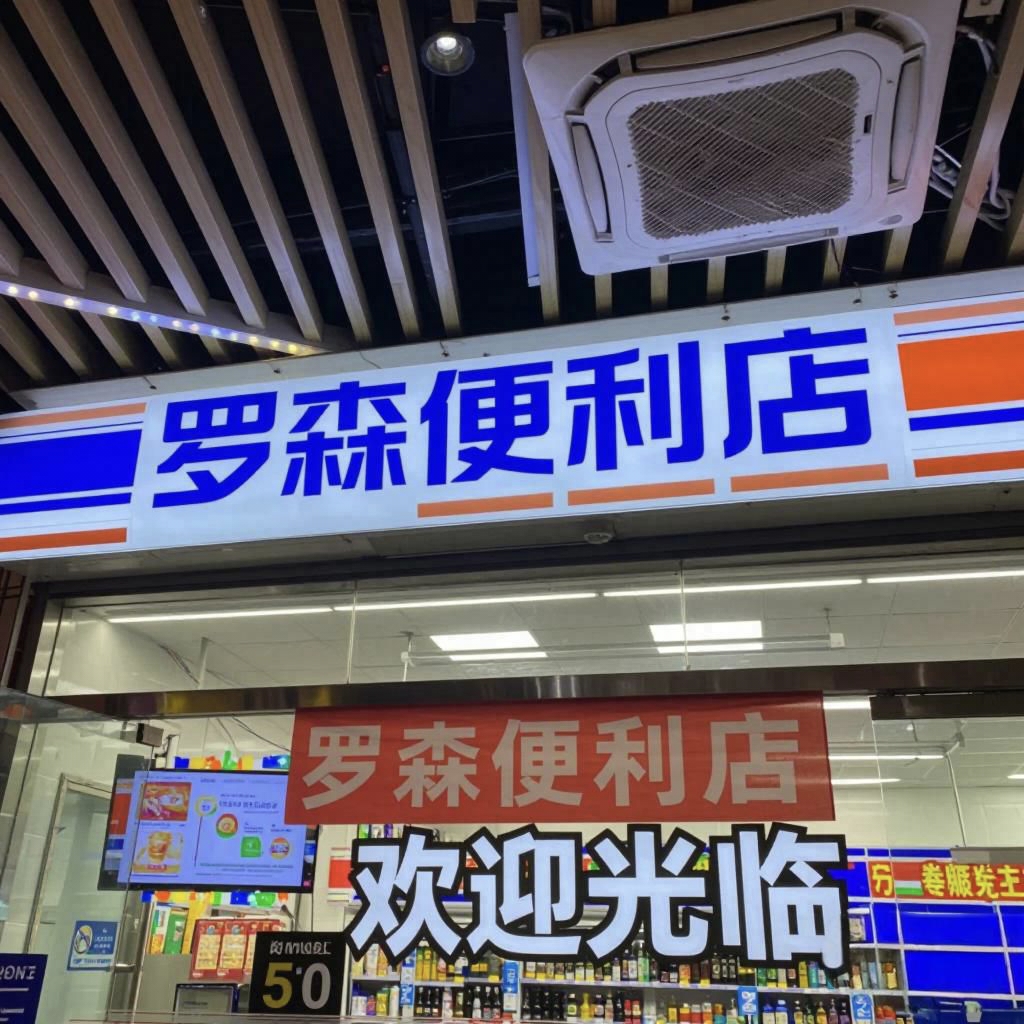
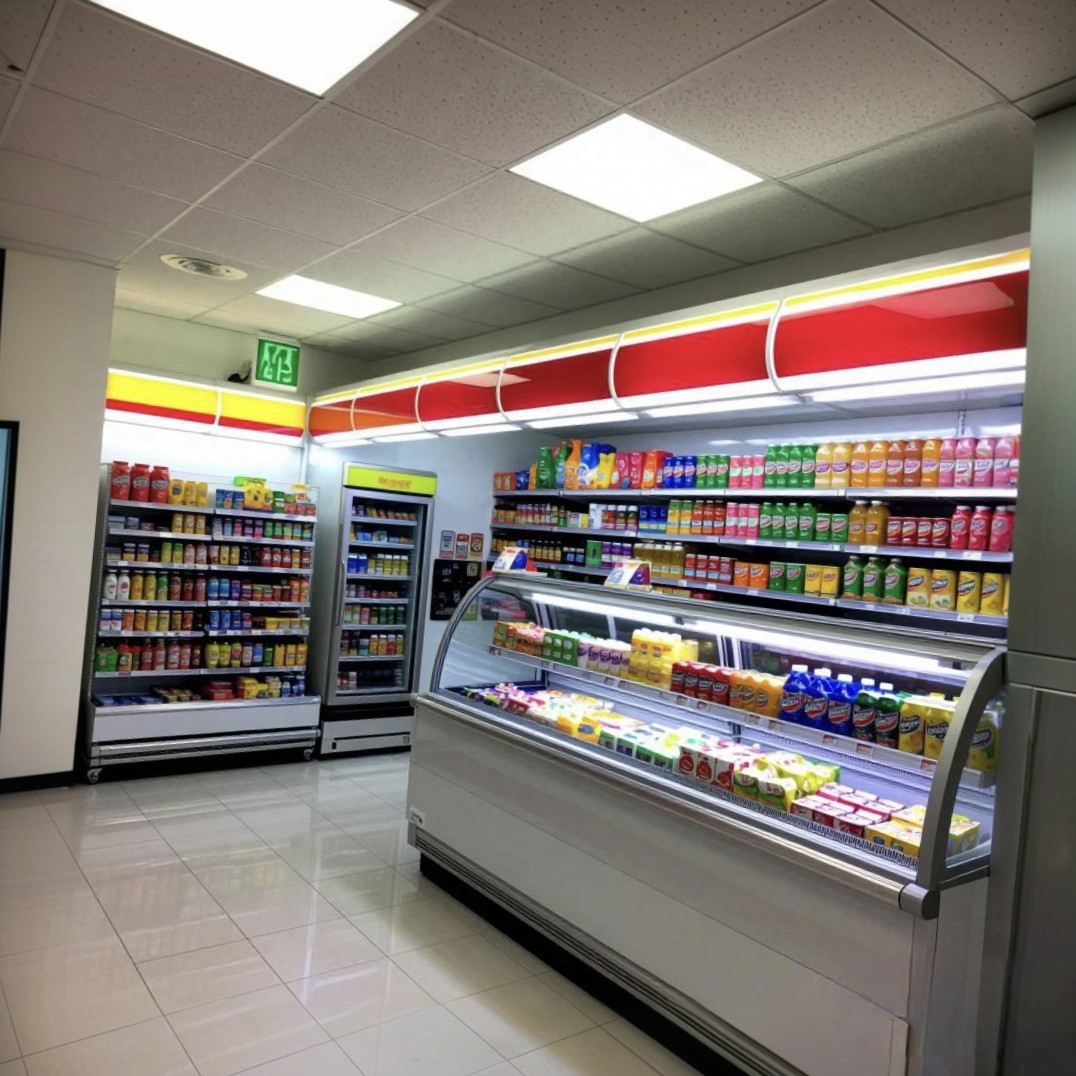
B: Medium-sized commercial entities (such as chain supermarkets, brand stores)
1. Cost characteristics
Material cost reduction: Bulk purchase (such as a single project of more than 500 meters) can reduce the unit price to USD $5/M-$ 8/MSystematic design: Controllers, sensors and other accessories are required, which increases the initial investment by 15%~20%.
Installation complexity: Circuit wiring needs to be planned, and the labor cost is about USD $5/M-$ 10/m .
2. Efficiency advantages
Unified management: The lighting of the entire store can be switched through an intelligent control system (such as promotion mode, closed store energy-saving mode).Brand promotion: Uniform and soft lighting enhances the display effect of goods and increases customer stay time (research shows that it can increase conversion rate by 15%~20%).
Maintenance efficiency: Faulty modules can be replaced quickly to reduce downtime losses (such as repair within 2 hours after the mall closes).
3. Limitations
High customization cost: Special-shaped counters or special lighting requirements require additional design fees (about 5%~10% of the total cost).
Power load requirements: High-power light strips require upgraded circuit systems, which may increase infrastructure investment.
These scenarios are applicable to chain stores and medium-sized showrooms that require standardized lighting solutions and brand consistency.
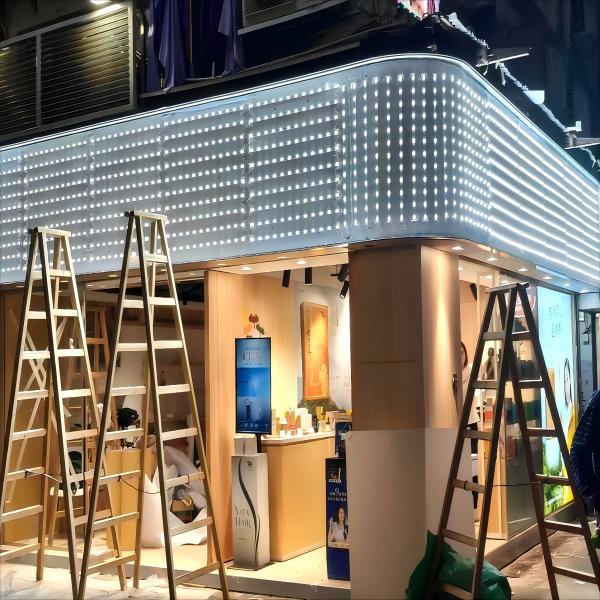
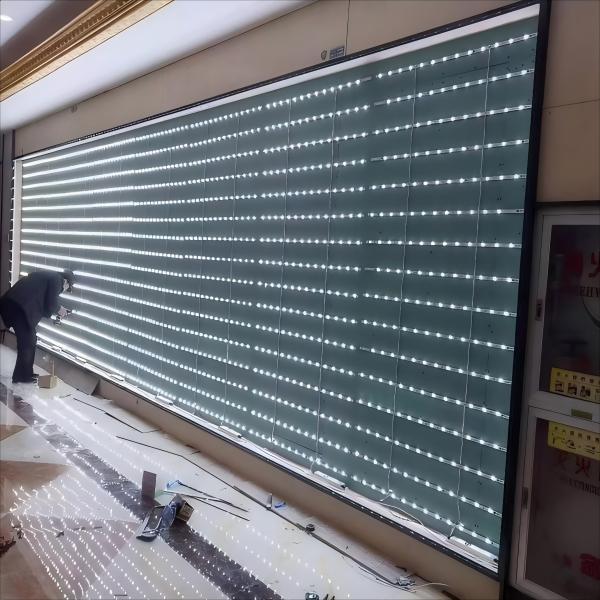
C: Large shopping malls (such as shopping centers, integrated commercial buildings)
1. Cost characteristics
High material cost: The unit price of customized light strips (such as arc-shaped and transparent materials) is USD $12/M-$22/M, and the total cost can reach millions.Smart integration requirements: Need to connect to BA system and IoT platform, software and hardware integration costs account for 30%~40%.
Long construction period: Phased installation and commissioning, construction period of about 1-3 months, labor cost of USD $5/M-$ 7/M.
2. Benefit advantages
Long-term energy saving benefits: Annual power consumption is reduced by 40%~60%. Taking a 10,000 square meter shopping mall as an example, the annual electricity bill can be saved by more than 20,000 US dollars.Dynamic scene marketing: Attract customer flow through zone dimming and interactive lighting (such as holiday light shows to increase customer flow by 30%).
Reduced operation and maintenance risks: The failure rate is less than 0.5%, and the annual maintenance cost is reduced by 70% (compared with traditional lamps).
3. Limitations
The initial investment is huge: sufficient budget needs to be reserved (for example, the investment in the light bar system of a high-end shopping mall accounts for 40% to 60% of the total lighting cost).
High technical threshold: a professional team is required to design the light environment to avoid glare or uneven illumination.
Applicable scenarios: Commercial complexes and high-end brand flagship stores, which experience high customer traffic and must create an immersive experience, are prime candidates for this solution.
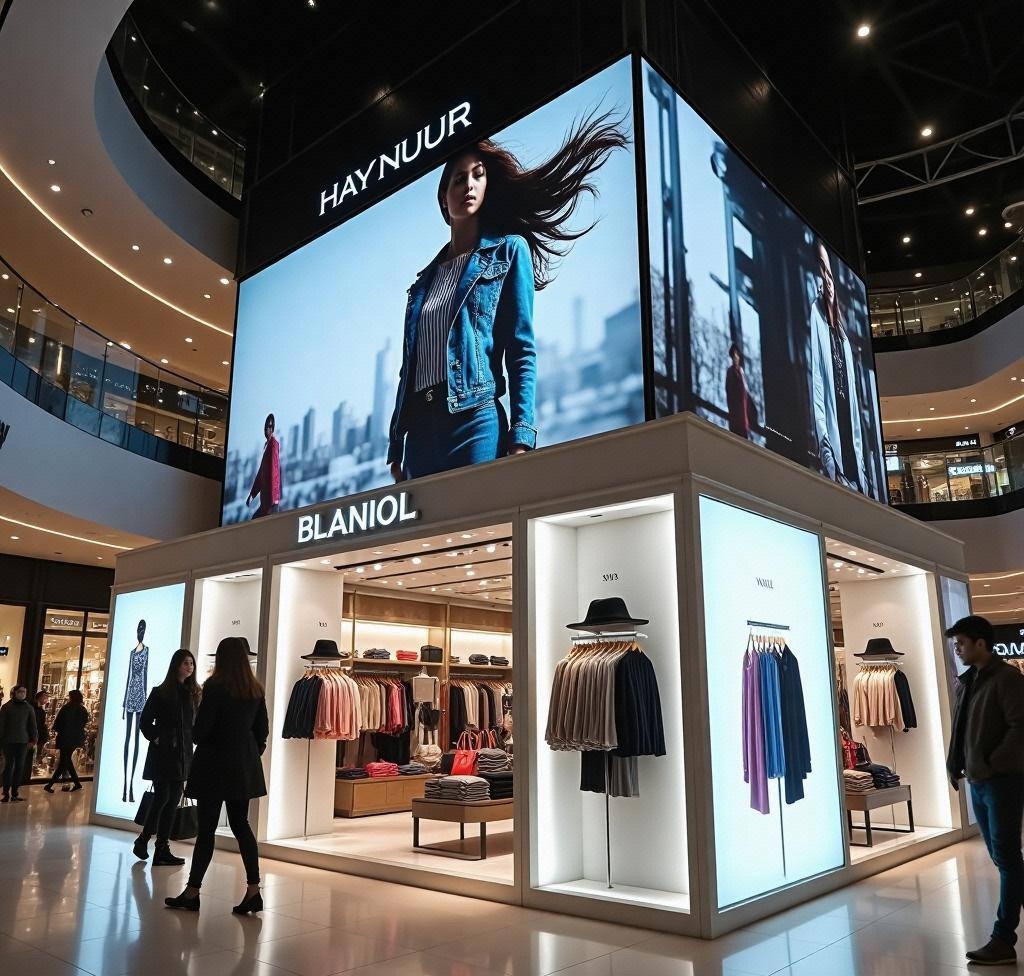
Finally, Please find below the decision-making recommendations.
1. Small stores: give priority to basic welding-free light strips (such as plug-in terminal wires), They should also focus on cost control and rapid implementation.
2. Medium-sized commercial entities: should consider modular smart light strips to balance initial investment and later management efficiency.
3. Large shopping malls: consider investing in customized smart lighting systems that offer dimming, monitoring, and data analysis capabilities. This strategic investment can lead to significant long-term benefits.
Summary:The cost-effectiveness of welding-free led strips and rigid bar strips increases with the scale of implementation. However, the technical solution must be adapted to meet the specific requirements of each project. At small scales, the primary focus is on convenience. At medium scales, the emphasis is on achieving balance. At large scales, there is a strong emphasis on integration.

